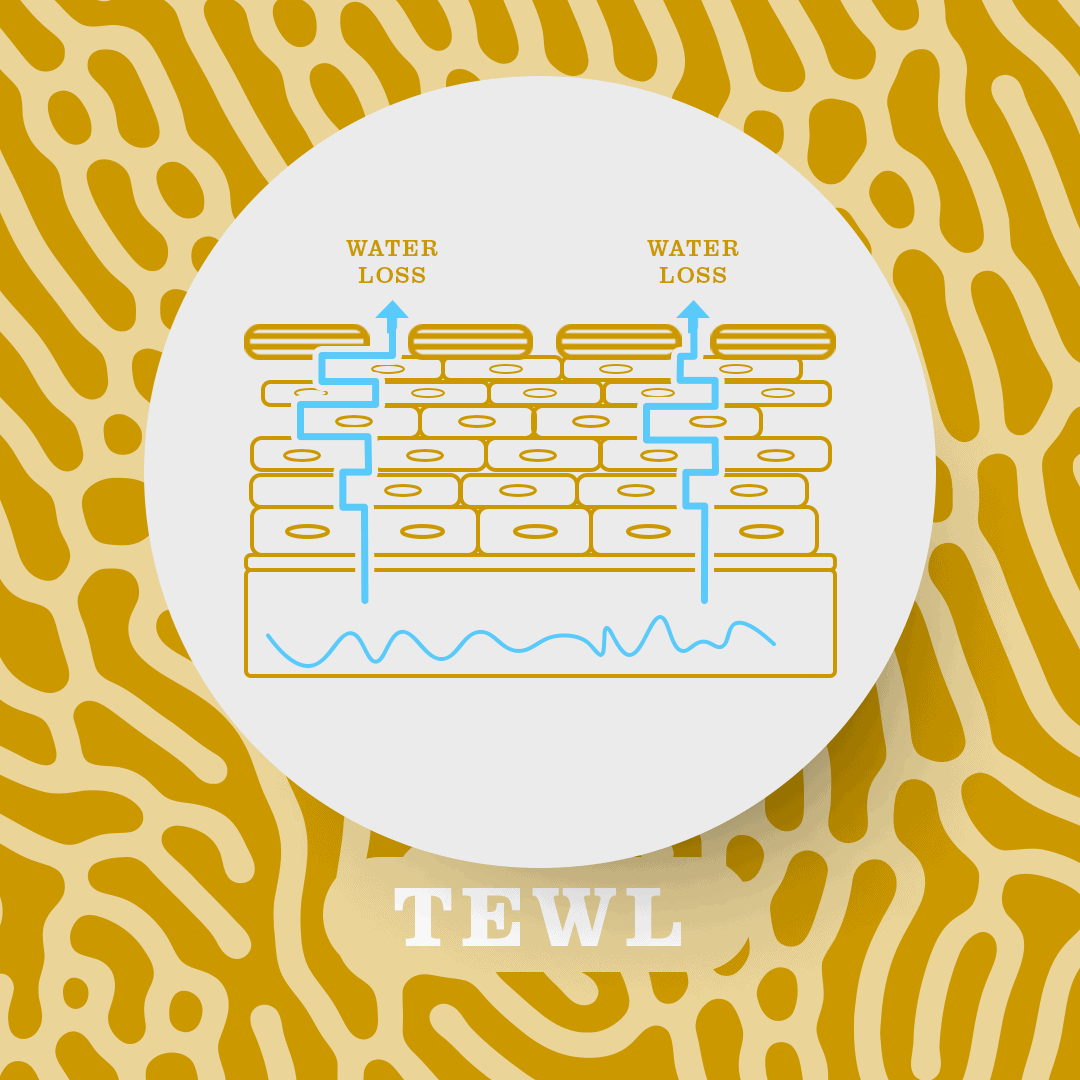Atopic dermatitis (AD), also known as eczema, is a chronic inflammatory skin condition associated with a dry, itchy rash that affects 10-20% of the general population, with a particular impact on children’s health. For more information, our article with expert Dr Richard Aron explains more.
AD and the gut:

We can see that AD is associated with the skin but the gut actually has an interesting, and potentially crucial, role in the development the condition.
Changes in our gut microbiome (gut dysbiosis) affect our immune system balance; the imbalance caused allows certain bacteria to thrive while others decline in the altered environment. Combined with various and diverse environmental factors (stress, diet, pollutants), the gut’s microbial dynamics contribute to the development of AD.
Individuals with AD have been repeatedly shown to have different gut bacterial communities than healthy individuals e.g. E.coli and S. aureus are increased and Bacteroides are decreased. Therefore, restoring healthy gut microbiota may be a therapeutic target, using products such as probiotics (though studies so far have been inconclusive).
AD and the skin:

Research has shown that changes in the skin microbiome influence the development and degree of AD symptoms. Chronic inflammation of the skin, as in AD, causes skin barrier impairment. The skin microbiome influences the barrier through various factors, including temperature and humidity. As a result of having a disrupted barrier, those with AD have increased transepidermal water loss (TEWL* = loss of water via the epidermis to the surrounding atmosphere). As such, skin hydration is essential in controlling AD.
Many studies have shown that individuals with AD have a higher incidence and proportion of S. aureus bacteria in their skin microbiome than healthy individuals. In fact, 7/10 of those affected by AD carry S. aureus on the skin compared to 1/5 of healthy individuals. This provides a potential target for intervention. Proportional differences in other microbes have been linked to AD.
TEWL and filaggrin:

Barrier dysfunction associated with AD and TEWL is often associated with a deficiency of filaggrin, a protein component of the epidermis. As well as helping aggregation of filaments that help maintain structural integrity of the upper epidermis, filaggrin helps maintain hydration and pH through its natural degradation products. Lower or no filaggrin in the skin, therefore, leads to loss of barrier function, reduced levels of the skin’s natural moisturizing factors (NMFs) and an increase in pH – the perfect set up for the onset of AD. In addition, these changes provide the optimal growth conditions for S. aureus.
For more basics content, browse the How it works section of our Content Hub.
Sources:
Holtz, 2020 Cosmetics and Toiletries
Wollina, 2017 https://www.ncbi.nlm.nih.gov/pmc/articles/PMC5327846/
Lee et al, 2018 https://www.ncbi.nlm.nih.gov/pmc/articles/PMC6021588/
